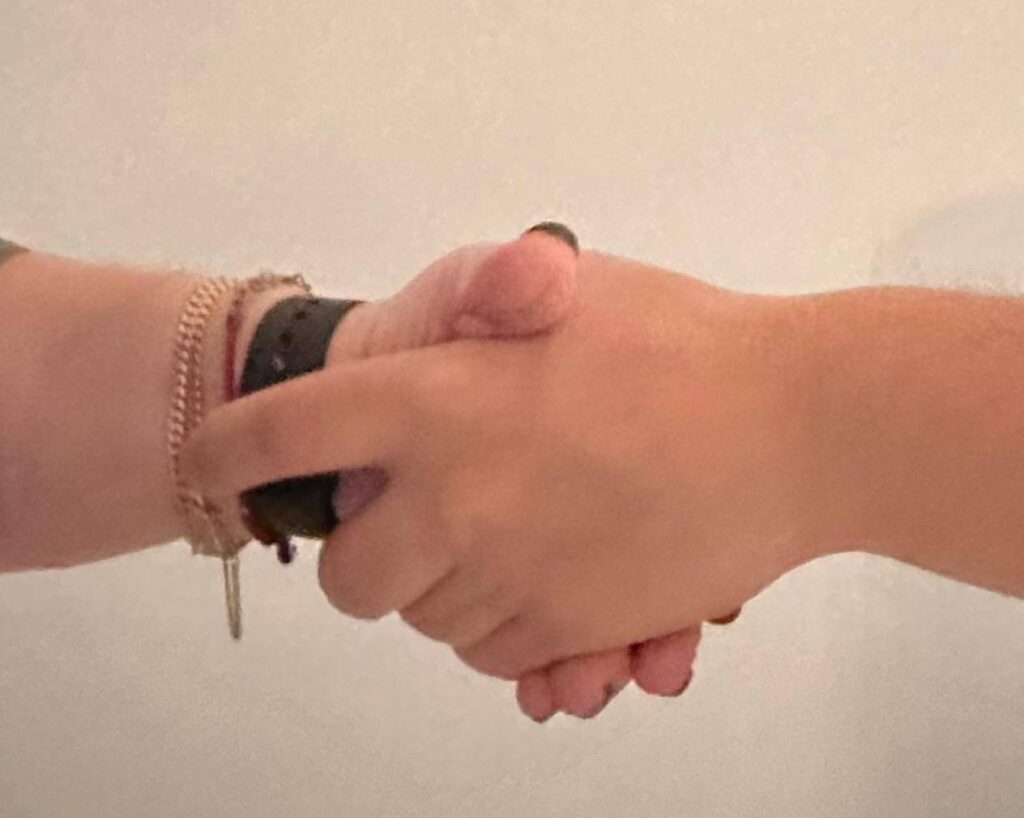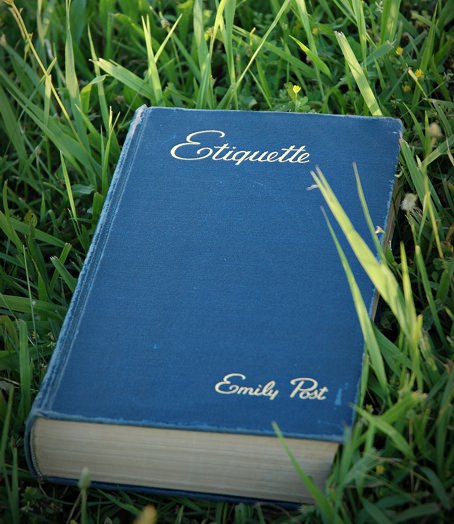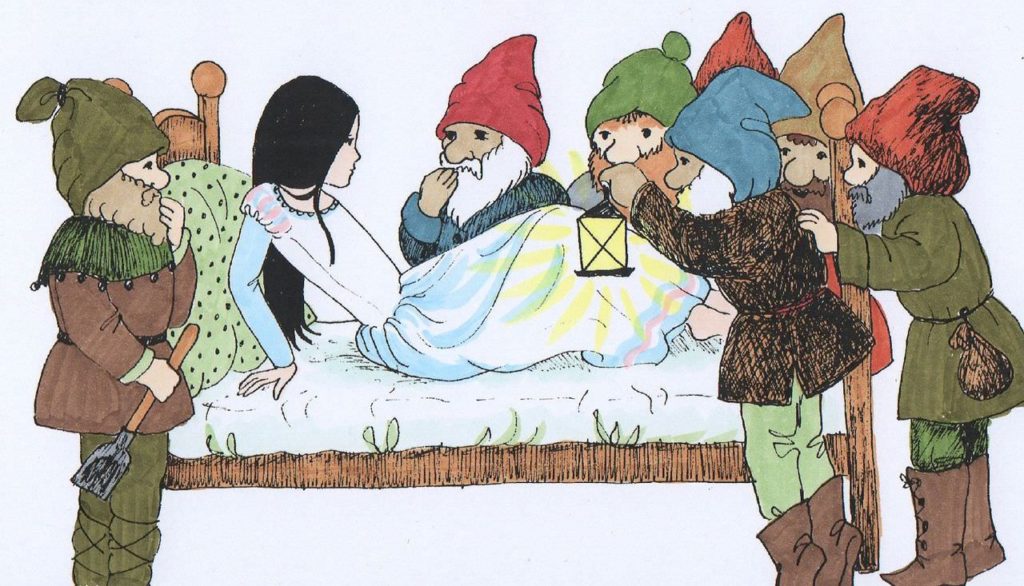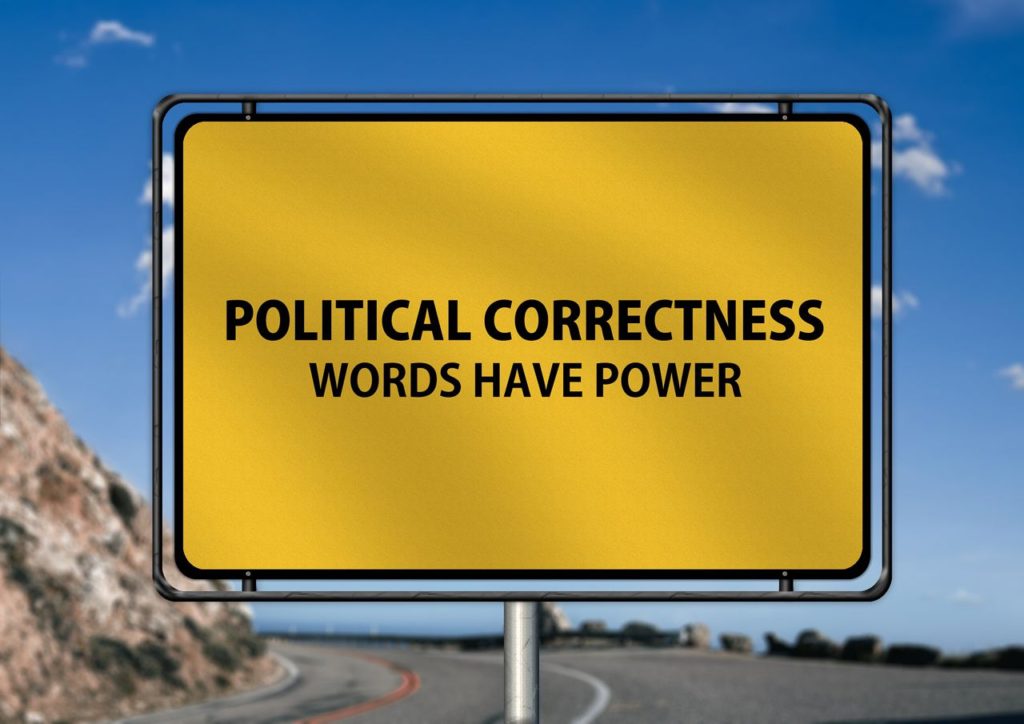
The handshake is an ancient greeting dating back to 900 BC to seal alliances and 500 BC to convey peace and confirm the absence of a weapon. Centuries later, the Quakers handshake communicated a sense of equality between the parties. Today, handshakes are used to welcome, accept, honor, respect, congratulate, and express peace, goodwill, or gratitude.
For people with dwarfism, the handshake also represents what little people are looking for in society—acceptance, equality, and respect. Nobody has expressed this better than Paul Steven Miller, Equal Employment Opportunity Commissioner (1994-2004):
Want to subscribe to receive blog updates sign up today!
“Little people are looking for a handshake not a handout.”
At four-feet-five-inches, Miller was initially denied a welcome handshake from prospective employers. After graduating from Harvard law school, 45 law firms denied him equal treatment, ignored his credentials, and failed to offer him a job. One employer shamelessly disclosed fear that his presence in the law firm would cause clients to mistake the office for a circus freak show! (All this prior to Americans with Disabilities Act (ADA) protections.)
Although job discrimination is still widespread, in post ADA America, applicants with dwarfism now enter an interview room standing on solid legal ground. Nonetheless a candidate at an in-person job interview must still convince an employer that they are the right person for the position. A good handshake can help deliver this message.
According to the founders of National Handshake Day—celebrated on June 29—when two people shake hands, especially when eye contact is made, they are more likely to have a personal connection and relate positively to the other person. CareerBuilder.com adds that shaking hands, makes people twice as likely to remember you than if you didn’t shake hands. Even though little people don’t need any help getting people to remember us, our handshake must still stand up to scrutiny and not make a bad impression.
A handshake needs to strike the right balance. A firm handshake reflects a confident personality, but a tight grip is too aggressive. In contrast, a floppy handshake projects insincerity or weakness. Yet a soft hold with no eye contact is preferred in East Asian nations.
As a little person with arthritic hands and finger joints I have regularly regretted responding to a handshake gesture. The pain inflicted lingers long after the greeter lets go my hand. Consequently, as politely as possible, I reluctantly buck etiquette and decline to reciprocate. However, I avoid disrespecting the person extending their hand to me by explaining my predicament and offering an alternative greeting.
The fist and elbow bumps popularized during the COVID-19 pandemic has made it easier for people to accept alternative greetings. Other no-contact greetings include:
- Hand over heart: placing your right hand over your heart.
- Wai bow: palms pressed together and a small head bow so that your fingers touch the gap between your eyebrows.
- Shaka sign: three middle fingers folded down while the pinky and thumb are pointed upward and then shaking your hand back and forth.
So what’s in vogue in your world: handshakes or alternate greetings?
You may also want to read:
- National Handshake Day. National Today.com. 2023. https://nationaltoday.com/national-handshake-day/
- Indeed Editorial Team. “FAQ: Why Is Your Handshake Important in a Job Interview?” June 9, 2023. https://www.indeed.com/career-advice/interviewing/why-is-your-handshake-important-in-interview
- Indeed Editorial Team. “9 Tips To Improve Your Professional Handshake.” Indeed.com. Updated February 3, 2023. https://www.indeed.com/career-advice/career-development/professional-handshake.
- Kristin Stoller. “Handshake, A Job Search Platform For College Students, Valued At $1.5 Billion After New Funding Round.” Forbes.com May 12, 2021. https://www.forbes.com/sites/kristinstoller/2021/05/12/handshake-a-job-search-platform-for-college-students-valued-at-15-billion-after-new-funding-round/?sh=1d98bbaf16cb
- Rachel Zupek. “The worst way to shake hands.” Copyright CareerBuilder.com 2009. https://edition.cnn.com/2007/LIVING/worklife/11/05/cb.hand.shake/index.html
- Angela Muir Van Etten blog and dwarfism trilogy memoir. https://angelamuirvanetten.com.




